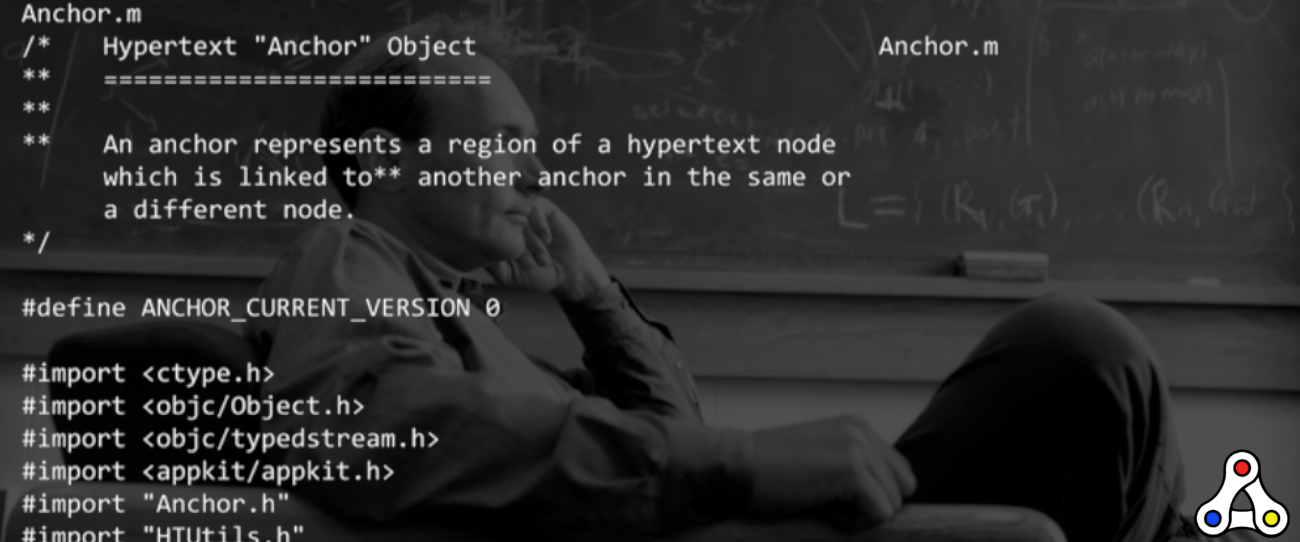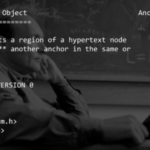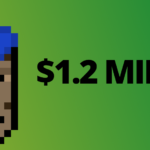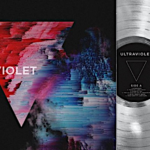Sotheby’s makes headlines this week with an NFT auction for the internet source code that closed for over $5.4 million dollars! This NFT includes the original code, written by Tim Berners-Lee, for three protocols that were the foundation of the World Wide Web. Berners-Lee wrote the code in 1989 and included implementations of HTML (Hypertext Markup Language); HTTP (Hyper Transfer Protocol); and URIs (Uniform Resource Identifiers). Bidding for the NFT started at $1,000 and lasted for one week.
The NFT includes archived, time-stamped files of nearly 10,000 lines of code and an animated visualization of the source code being written. This sale continues a string of multi-million dollar NFT auctions hitting the established art world.
Some have voiced concerns that this auction will put control of the web into the NFT owner’s hands, but Tim Berners-Lee explains that the core codes and protocols for the WWW have always been, and will continue to be, royalty-free.
“Well, wait a minute, the web is just as free and just as open as it always was. The core codes and protocols on the web are royalty free, just as they always have been. I’m not selling the web – you won’t have to start paying money to follow links. “
Tim Berners-Lee quotes from an interview with The Guardian
I’m not even selling the source code. What I’m selling, is a picture that I made, with a Python program that I wrote myself, of what the source code would look like if it was stuck on the wall and signed by me”
“If they felt that me selling an NFT of a poster is inappropriate, then what about me selling a book? I do things like that, which involve money, but the free and open web is still free and open. And we do still, every now and again, have to fight to keep it free and open, fight for net neutrality and so on.”
Berners-Lee wants to decentralize
Though this internet source code auction is Berners-Lee’s first foray into the NFT world, he has always been interested in the digital world and using NFTs to fund creative projects. For example, he is currently working on a project called Solid, which aims to decentralize the web.
At the end of a letter written by Berners-Lee that is included as part of the NFT, he leaves us with a quote that I think will resonate with most people in the ever-expanding space of blockchain and NFTs.
“It has been fun to go back and look over the code. It is amazing to see the things that those relatively few lines of code, with a help of an amazing growing gang of collaborators across the planet, stayed enough on track to become what the web is now. I have never once felt I could relax and sit back — as the web was and is constantly changing. It is not yet the best it can be: there is always work to be done!”
Tim Berners-Lee


Wait, what is an NFT? And what’s NFT art?
Digital art has been around for decades. However, without the existence of blockchain technology it was impossible to verify authenticity and rarity. Now digital art connects to a token on the blockchain, a non-fungible token, or NFT. Buyers can see how many copies of a certain artwork there are, and whether the product is original. We used to call digital art on the blockchain crypto art, but NFT art as a name has become increasingly popular.
The concept of seeing a digital image as art, is one thing. However, for many people it will be a challenge to consider digital images valuable. Consider this: The Mona Lisa is worth many millions of dollars. If I would paint the Mona Lisa in an exact copy, it would be worth only 50 dollars. Because we all know where the original version is. Being able to verify the authenticity and rarity of a piece of art is crucial. This applies to NFT art on the blockchain as well.
Some people don’t care about the Mona Lisa. It’s just a painting. They are happy to download an image, print it on canvas, and hang it in their living room. However, others want the real deal. The same rules also go up for digital art. Many people will be happy having a digital image they like, screenshotted on their phone. Others value having an original artwork, minted by the actual creator, verifiable through blockchain technology.
Read more to understand non-fungible tokens even better!





